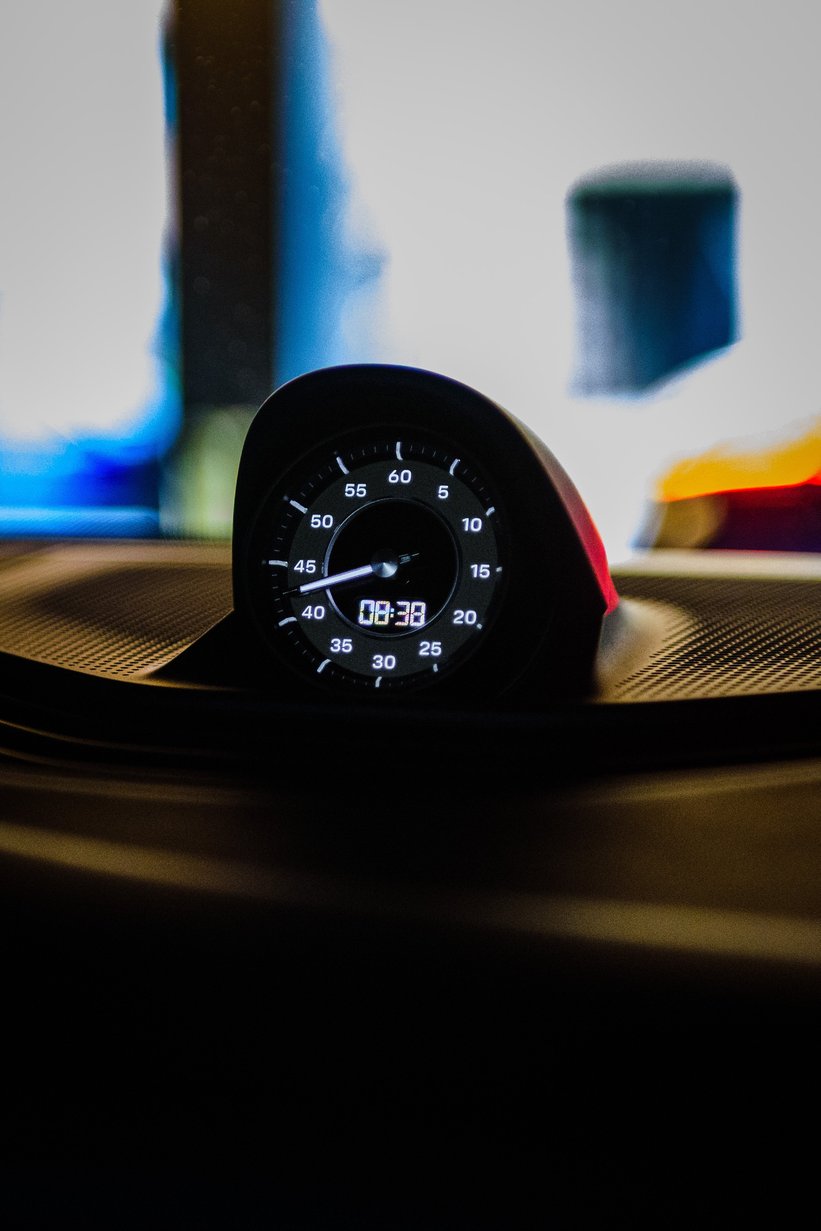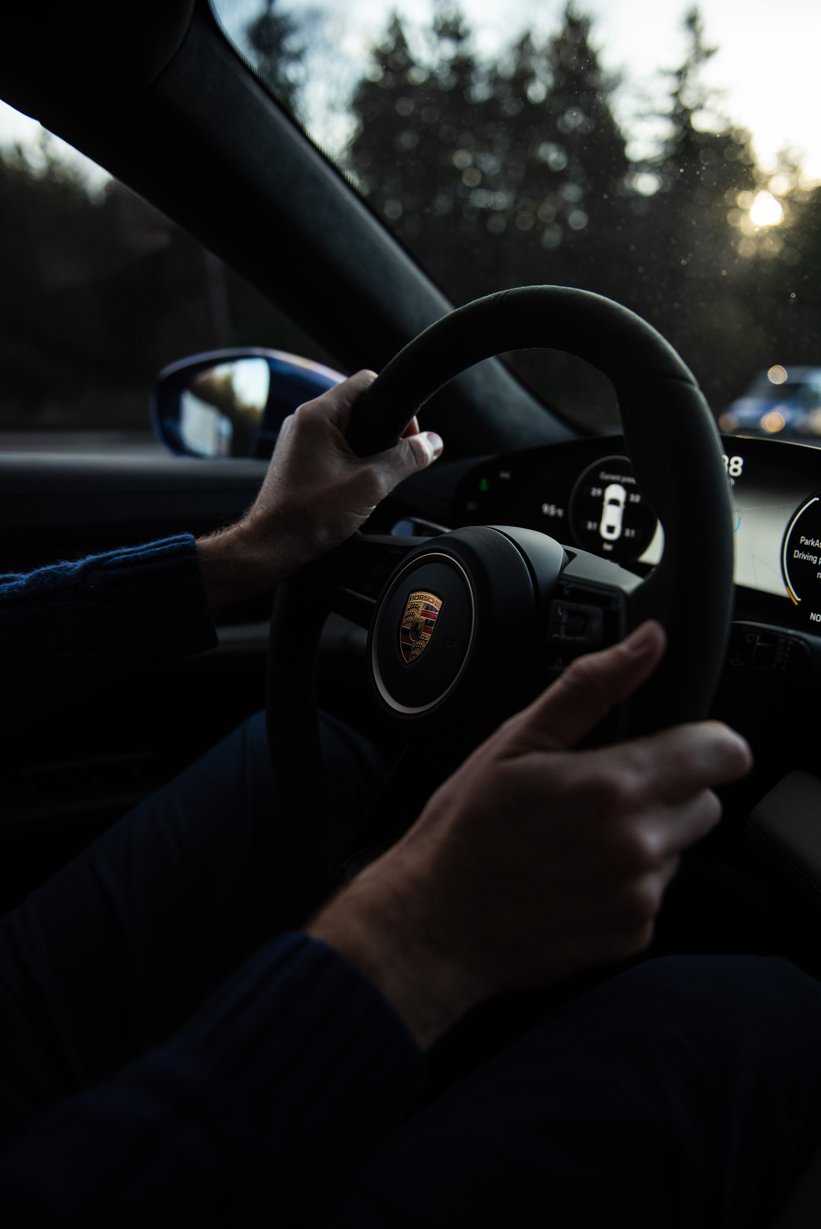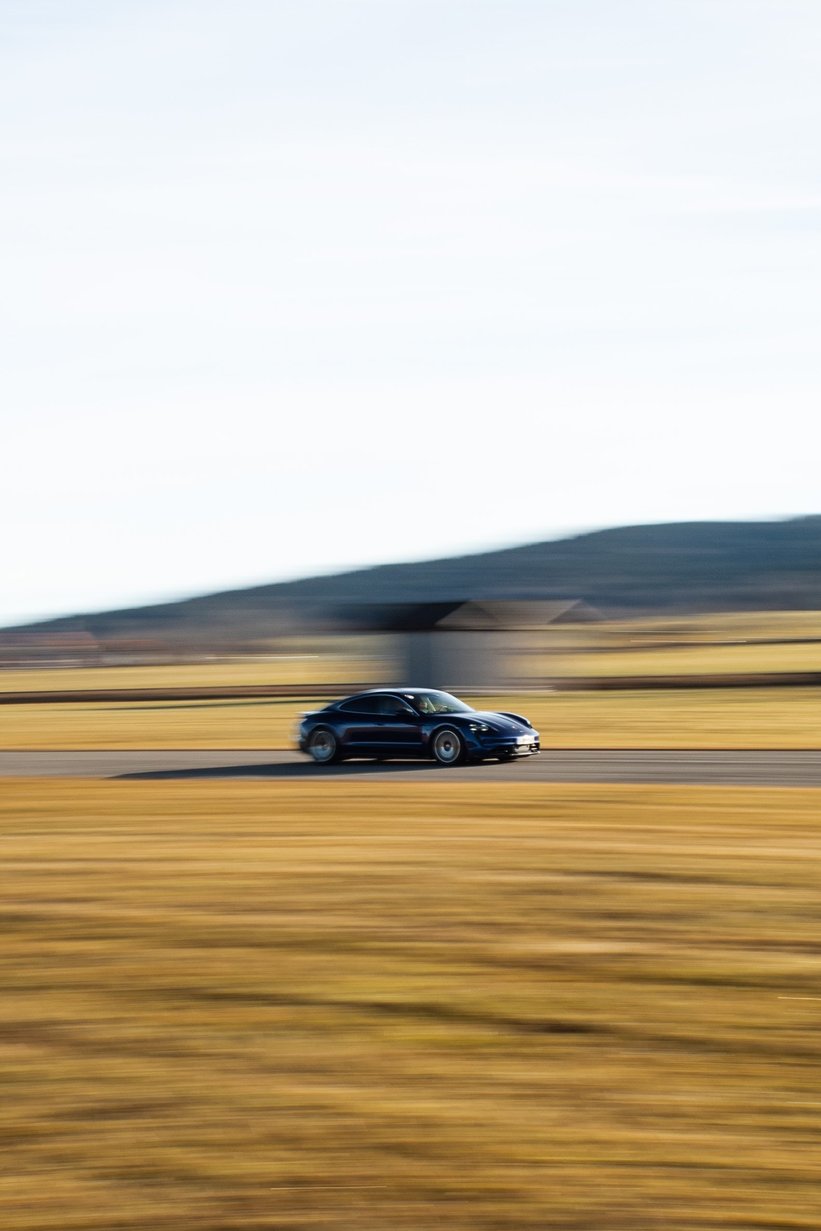

The Porsche Taycan is currently polarising the scene. While the conservative gasoline and air-cooled faction is proclaiming the downfall of the automotive occident in light of the first electric sports car from Zuffenhausen, the urban, progressive avant-garde hails it as an equally fast and socially compatible saviour – and symbolic compensation for all of their C02 sins. Naturally, this is of little surprise. In times of 120-character monologues and filter bubbles, a bitter dispute can be raised about almost any topic until only capital letters fill the comments sections. After a weekend spent behind the wheel of the Taycan, however, we’re wondering what all the fuss is about – the new car doesn’t feel and drive like an unfamiliar disruptor, but rather a legitimate successor to the brand’s technological game changers, including the untouchable Porsche 356 and 911.


And so, on Saturday morning, sat on the runway of a former US military airfield near Tegernsee, we waited for the promised blow to the neck with great anticipation. Left foot on the brake, right pushed hard on the accelerator, lift the brake and the Taycan Turbo S shoots towards the horizon with the thrust of a Learjet and accompanied by the singing of a humpback space whale on warp speed. It’s a truly wild ride to the far side, a quarter-mile acid test during which not only the imaginary Porsche 911 at our side, but also the mighty 918 Spyder would quickly fall by the wayside. The controlled launch propels the 761HP rocket to 62mph in just 2.8sec. And if you had the courage to turn your eyes away from the rapidly approaching end of the runway, you could read forces on the onboard G metre that a decade or two ago only test pilots at NASA were familiar with.


Of course, the flat-out sprint alone doesn’t measure the quality of a Porsche – the thinking man’s sports car, which historically has always impressed with agility and not just sheer performance. And weighing in at 2.2 tonnes, the Taycan is certainly not a lightweight track and rally weapon. But the steering is seriously sporty and quick, the chassis reacts spontaneously and precisely, and the all-around visibility is better than in most contemporary sports cars. At the same time, there’s enough space for four people and their luggage, which makes travelling easier than in the 911. Alright, the 400km range quickly melts away with courageous driving, but this fate is shared with all electric pioneers and the well-informed sat-nav plans long trips in such a way that you typically get the batteries sufficiently recharged during a coffee break.
The fact that the infrastructure, particularly in European cities, is far from sufficient to enable the mass electro-mobilisation demanded by politicians is a completely different matter. It’s also possible to argue that the internal combustion engine could have been replaced more easily with other kinds of power. But the pressure for action from the media and the politicians was real – and Porsche built an electric sports car that immediately set a new benchmark in its segment, despite being the new kid on the block.


Even when it comes to a casual ‘slope test’ on the ice and snow, and in direct comparison with its sportiest siblings from the 911 GT3 to the Cayman GT4, the Porsche Taycan does not fall out of line as its critics would imagine. On the contrary, if you lower the windows and glide silently through the snow-covered forest accompanied only by the sound of crunching ice, before unwinding the power and waving through the next series of bends in a perfectly controlled four-wheel drift, one wonders how the Porsche scene got along without the Taycan for so long. Incidentally, the electric avant-garde would stand in our dream garage next to a Porsche 964 Carrera RS in very peaceful and very sweet harmony.
Photos: Andrea Klainguti for Classic Driver © 2020


























